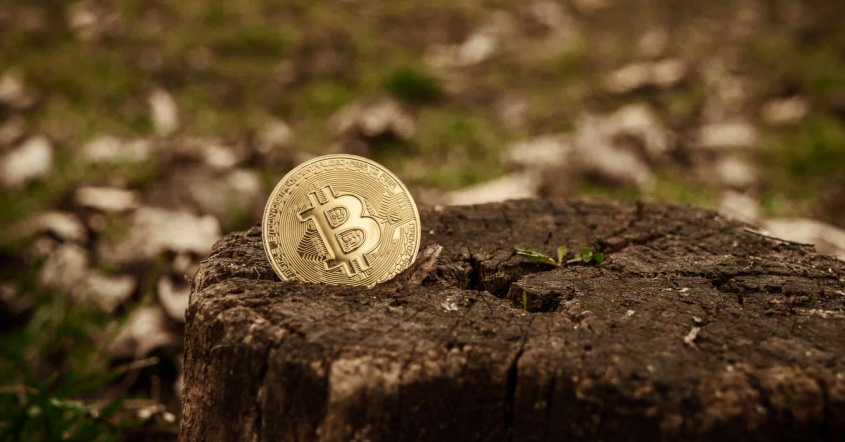Eco-Friendly Cryptocurrencies: How To Use Blockchain Technology To Save The Environment

With cryptocurrencies becoming an indispensable asset class, there is a 24×7 chatter about which coins and tokens are worth your money. A January 2021 survey by New York Investment Group found that an estimated 22 per cent of adults in the US have invested in bitcoin. That’s over 46 million people and it’s not just investing in a single survey, it was found that 83 respondents are looking to include bitcoin in their future financial plans, people who are using the cryptocurrency on vacation.
And with NFTs making digital art into collectables, the possibilities seem endless but with all the opportunities these digital currency alternatives seem to present they come with harmful environmental impacts. Record the transactions on the public digital record of cryptocurrency mining transactions. The process of doing and verifying is known as blockchain so that miners can solve complex mathematical problems for which they require high energy-consuming equipment. Of all the cryptocurrencies bitcoin is the most energy-efficient.

According to the Bitcoin Power Consumption Index of the University of Cambridge, the mining process used to make bitcoin consumes approximately 116 terawatt-hours of electricity per year, as much as the entire country of Argentina and the Netherlands and the Philippines. There is more than bitcoin advocates use annually. The energy used to keep the bitcoin network running is reasonable, given the enormous amount of safe value in the process, while environmentalists and Elon Musk agree that mining bitcoin uses worrying amounts of fossil fuels.
There are alternative eco-friendly cryptocurrencies that do less harm to the planet and could potentially allay the concerns surrounding cryptocurrency and the environment. Because there are fewer transactions but there are digital assets that are more energy-efficient which means their impact on the environment is reduced

Ripple: Environmentally Sustainable Cryptocurrencies
Ripple is both a cryptocurrency and a digital payment network that acts more like an inter-bank settlement network. The system is blockchain-based but it uses a permission consensus mechanism to confirm transactions. Creates a private blockchain network with no mining requirements and extremely low transaction costs. The block can’t mine or validate transactions, giving mining power based on the percentage of coins held by it. It consumes only 0.0079 kWh per miner while bitcoin’s electricity consumption is equivalent to 707 kWh, making xrp about 90 000 times more environmentally friendly than bitcoin.


 Please leave this site if you’re under 18 years of age.
Please leave this site if you’re under 18 years of age.